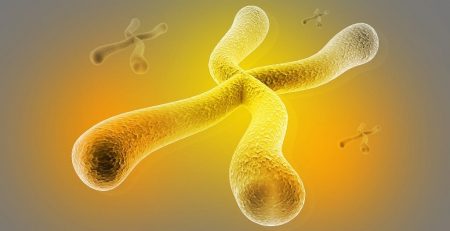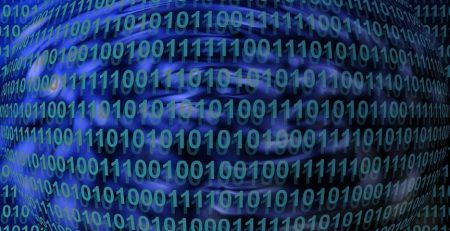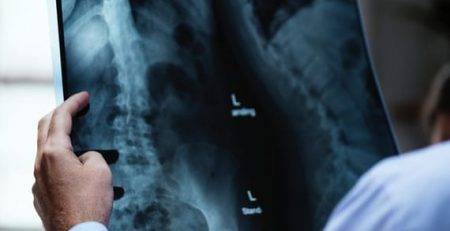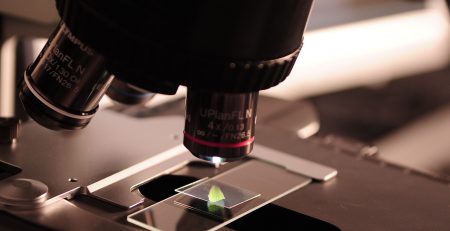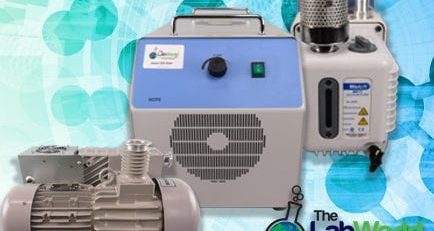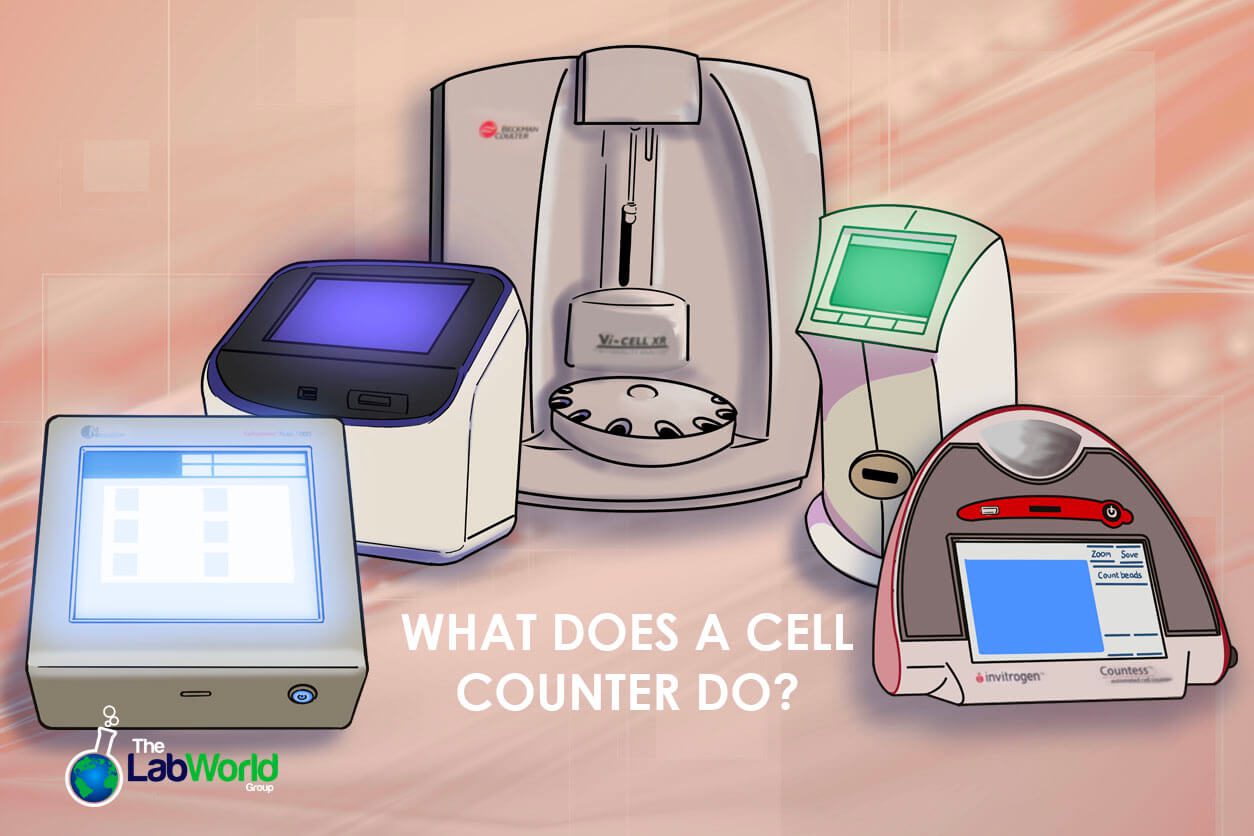
What does a cell counter do in the lab?
Amanda2025-03-27T13:32:25+00:00An automated counter relieves your lab from hand counting a sample and frees you up to do other tasks. There are many ways to count cells in the lab that don’t require a dedicated instrument, which comes with a different cost in time and effort and possible errors. A counter provides accurate quantification results. Depending on the features in the automated counter, they can provide information on the viability of cells, handle larger sample sizes, report the concentration, and provide information on the size or even type. Here, we’ll look at the different types of counters, including those dedicated to particulates, and what methods can be used to take a tedious task by hand, speed it up, and provide insights.
Cell Counters and Particle Counters: What’s the difference?
You may hear the term counter and think, okay, it counts microscopic things. Why are there so many options, though? That boils down to a simple question: What do you want to count? You have two main options at the microscopic level: if you’re looking for information on cells, you’ll need a cell counter, and for everything else, there’s the particle counter.
A particle counter, such as the Coulter Multisizer 3 and 4, is used, just as the name suggests, to quantify and classify any particulate in a sample—objects such as drugs, food, clay minerals, paints, and dyes. Particle counters can cover a variety of uses and vary depending on the medium to be monitored, such as air, water, chemicals, or, for example, the output of a rock grinder.
They’re used across many industries, such as manufacturing, pharmaceutical products, and even checking the purity of oil and gas. For Aerosol applications, a hand-held device that uses light scattering to monitor the status of the air in a clean room may be used.
Cell counters are explicitly geared towards living or dead cells and can even be trained on a particular cell type. Cell analyzers will use software to interpolate the population in a sample and determine the cell’s viability and size. Cell Counters such as Thermo’s Countess FL line have fluorescent detection for more complex samples.
How do Automated Cell Counters work?
Counters operate on either of two basic principles: electrical impedance or the Coulter Principle, where there’s an increase in electrical resistance when a cell passes through an aperture, or light scattering using observation of a single stream of cells and how they interact with light focused on them.
Coulter Method
The Coulter Counters use the Coulter method, which can be helpful in many ways. For example, you can quantify cells and get information on their characteristics, making it useful for cells like bacteria, stem cells, and particulates. By forcing cells one at a time through a similarly sized aperture between two electrodes passing a charge, when the cell comes through, it interrupts the signal, and the cell is counted. The amount of electric resistance also helps calculate the cell’s volume.
Flow Cytometry
Flow Cytometry is more expensive but has the advantage of measuring multiple parameters simultaneously thanks to fluorescent tagging or multiplexing. The dyes, fluorescents, and sheath fluids contribute to the overall operating cost. Still, you have more information, including internal and external structures and information on proteins and biochemicals associated with the cell. By tagging specific cells with certain fluorescent tags and dyes, users can save much time and get much more information in one go.
Imaging Systems
Image analysis uses microscopy and image software to perform automatic cell detection, which is then interpreted by an algorithm to count the cells. Image-based analysis, such as the Countess 3 from Thermo and Invitrogen, uses brightfield and fluorescent tags with the Countess 3 FL and can cover a larger field of view than counting by hand. Cell biologists have trained these systems to recognize even complex clusters and offer accurate counts that are less expensive to execute and require much less training.
Other Counting Methods
Another method of cell counting is stereological cell counting in histology. However, this method requires manual decision-making on whether an object should be included in the count and cannot be fully automated. Other more indirect methods include spectrophotometry and impedance microbiology.
Final Thoughts
Would a counter be suitable for your lab? Great! A cell and particle counter can significantly increase your workflow, freeing you up and doing multiple tests simultaneously. But there are a few things to consider before leaping.
First, you’ll want to pay attention to the instrument’s accuracy and what features you need information on, particularly the software used to process the data.
Second, how user-friendly it is, and how much time you’ll need to factor into onboarding deadlines. Operating the instrument can include navigating the interface, and how much the system will guide users through a process vs. how much you’re expected to know.
Third, Whether it offers 21 CFR Part 11 compliance support if you need it and how easy it is to collect, store, and export information.
Fourth, look for a system with autofocusing technology to help distinguish between living and dead cells and whether the software can recognize a cluster of cells.
And finally, essential factors to consider are your overall budget and space limitations. Cell counters range in price depending on the above features and their operation method. Flow cytometer base counters will cost more but offer more diverse data collection. Coulter counters are also robust information collectors but take up valuable bench space. Image-based counters are the most compact but may be missing a required feature, keeping in mind that it’s not just the instrument but also the consumables that might be needed that will contribute to the cost of ownership.
Buying gently used Cell Counters can stretch your budget and help you jump to a counter with more features. We have carried many reliable brands, such as Beckman Coulter, Biorad, Agilent, Thermo and Invitrogen. We are very comfortable and familiar with these precision instruments’ mechanics, delicate nature, and capabilities. Our team is here to guide you to the suitable device that fits your needs, provide documentation of the system’s health and performance, and get your research going. Contact us today to learn more about our Cell and Particle Counters selection.




